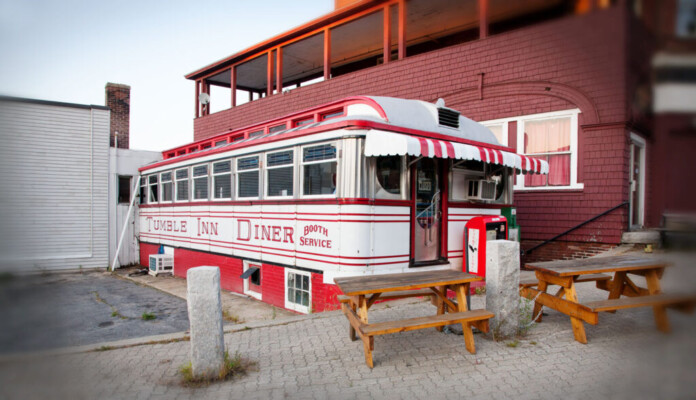According to photographers, artists, galleries and museums, a company press note states, the quality is outstanding – so why not print as sustainably as possible? At EcoVisualLab, archival, museum-quality images, are now available in 12-color prints of the highest quality and new 5-color, less expensive prints in smaller stock sizes.
How Sustainable?
- Prints on 100% cotton papers – acid free, chlorine free, tree-free, no optical brighteners. Papers made from the reclaimed fibers (linters) from cottonseed-oil manufacturing. Cottonseed oil is a cooking product and the cotton linters used in our papers are food grade. If not used for making the best quality papers, these linters can wind up in landfills.
- The high-quality pigmented inks we use are aqueous (water-based) and contain no VOCs. They emit no toxic smells or fumes. They are lightfast and produce archival, long lasting, wide gamut prints.
- EcoVisualLab prints have been displayed at Boston’s Museum of Fine Arts, The Griffin Museum of Photography, The Smithsonian Museum, and in numerous galleries, print competitions and collections.
Rick Colson says, “I don’t believe in greenwashing or false claims of sustainability. I’d like to send you our sustainability fact sheet that outlines exactly how we are green, no hype, just facts.”
How Conventional Pictures are Toxic?
- Darkroom and inkjet chemicals are often toxic.
- Prints made with VOC-off-gassing inks can be toxic indoors.
- Plasticized substrates can be toxic in both manufacture and disposal.
- Bleached papers can contain elemental chlorine which, when mixed with cellulose (wood fiber) can create dioxins, the single most carcinogenic group of chemicals known to man.
- And one typical transatlantic crossing of a cargo container vessel transporting inkjet papers uses about 485,000 gallons of dirty marine diesel.
The climate crisis has made the role of photography in advocacy and behavioral change cannot be stressed more. Now that the photography itself is turning green, is good news.










